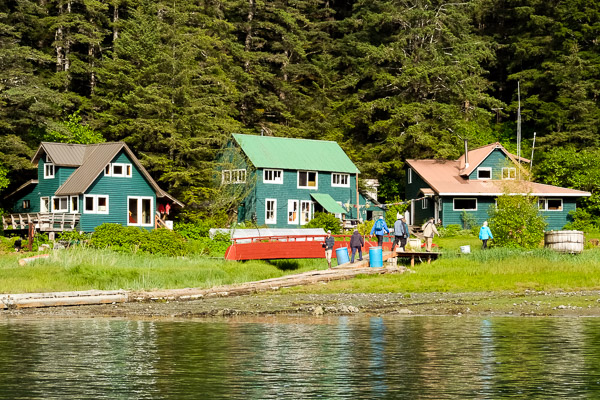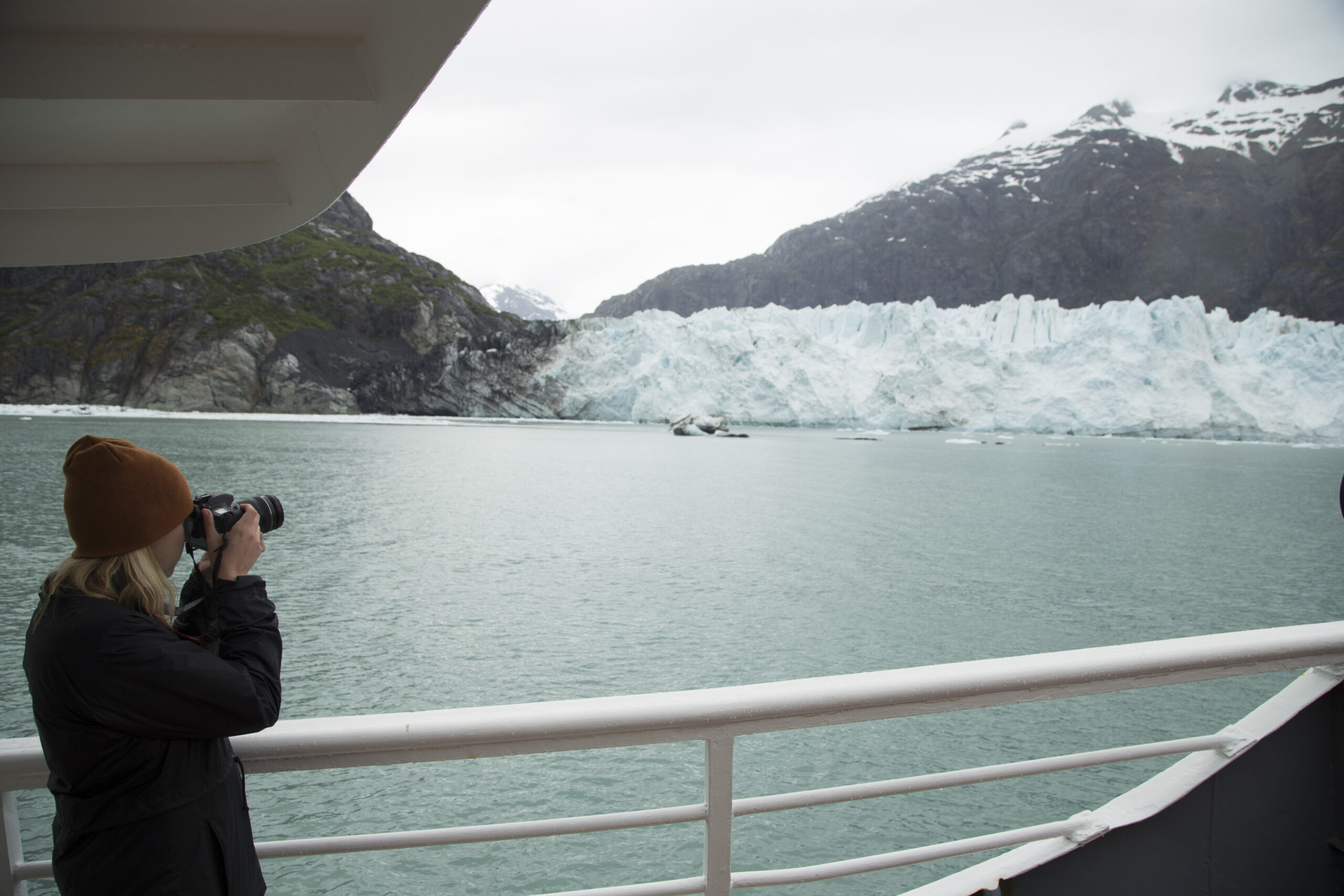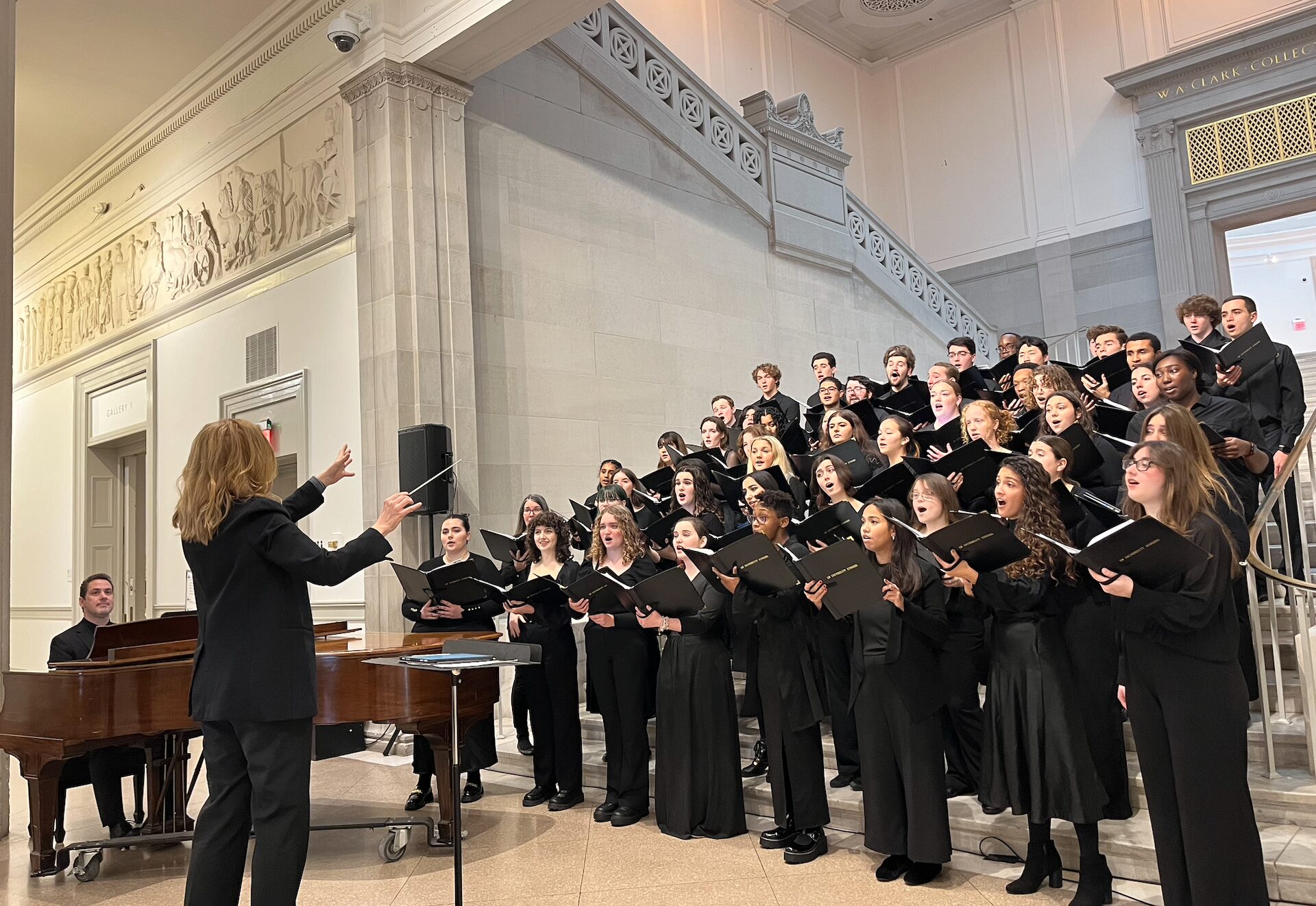Among the temperate forests speckled along Alaska’s southeastern coast and hidden in a little alcove, is an unassuming group of buildings. It’s in a remote area, but these buildings host the Inian Islands Institute, a climate and nature research center.
Around the Islands, the Inside Passage and Gulf of Alaska mix into upwelling currents, dispersing nutrients to create a productive and diverse ecosystem. Kelp forests (top) and Steller sea lions (bottom) make up part of this assemblage.
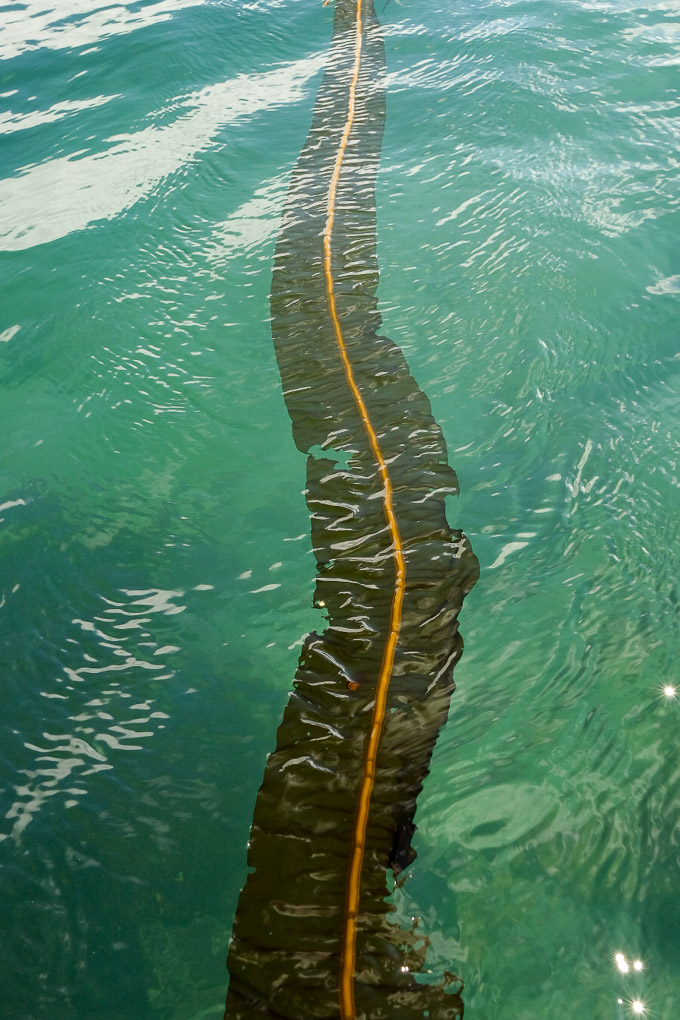
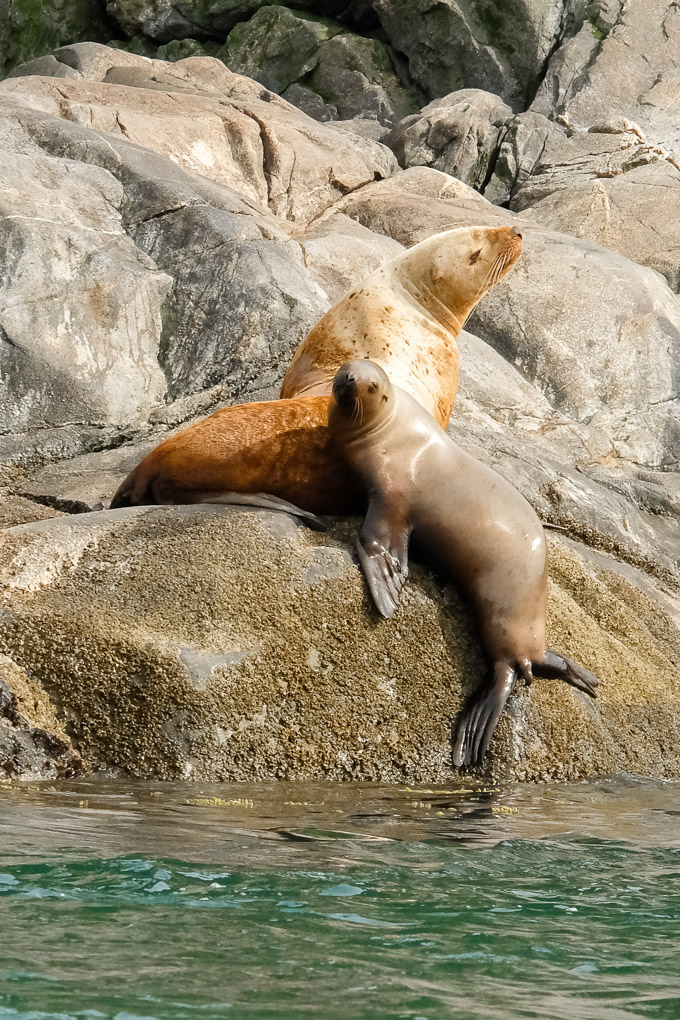
In the early 20th century, sea otters were hunted to near extinction in the area. After reintroduction in the 1960s the otter population, along with Humpback whale (top) and Steller sea lion (bottom) populations, have swelled. One major project at the Inian Islands Institute focuses on the impact an increase of large marine mammal populations has on the local ecosystem. Other projects include ocean acidification research, the effects of climate change on yellow cedar, and research on a local species: the marbled murrelet.
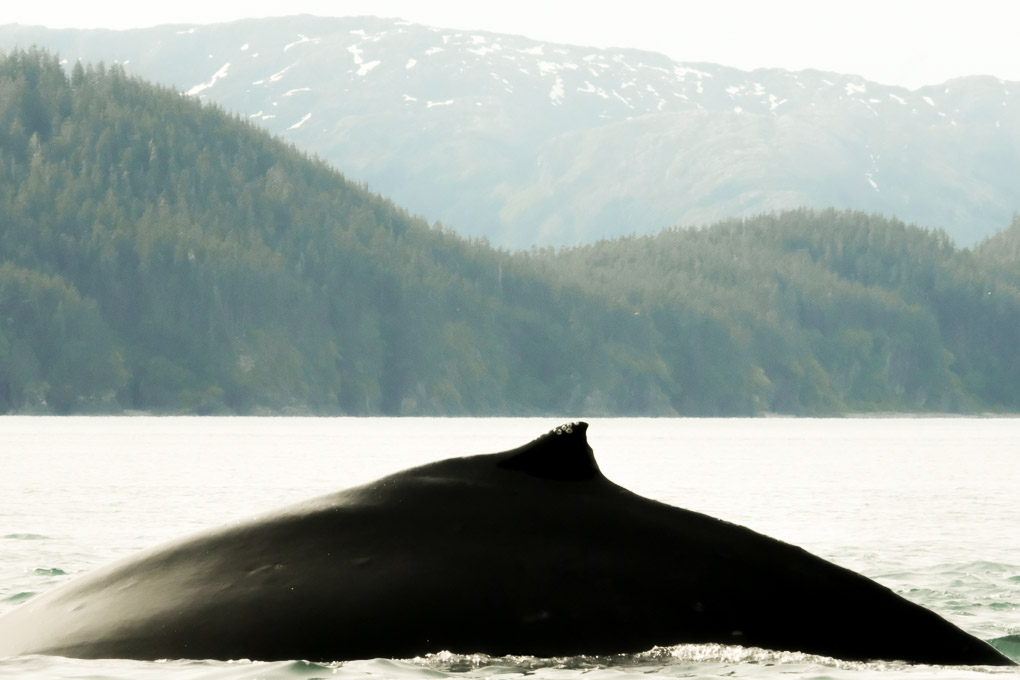
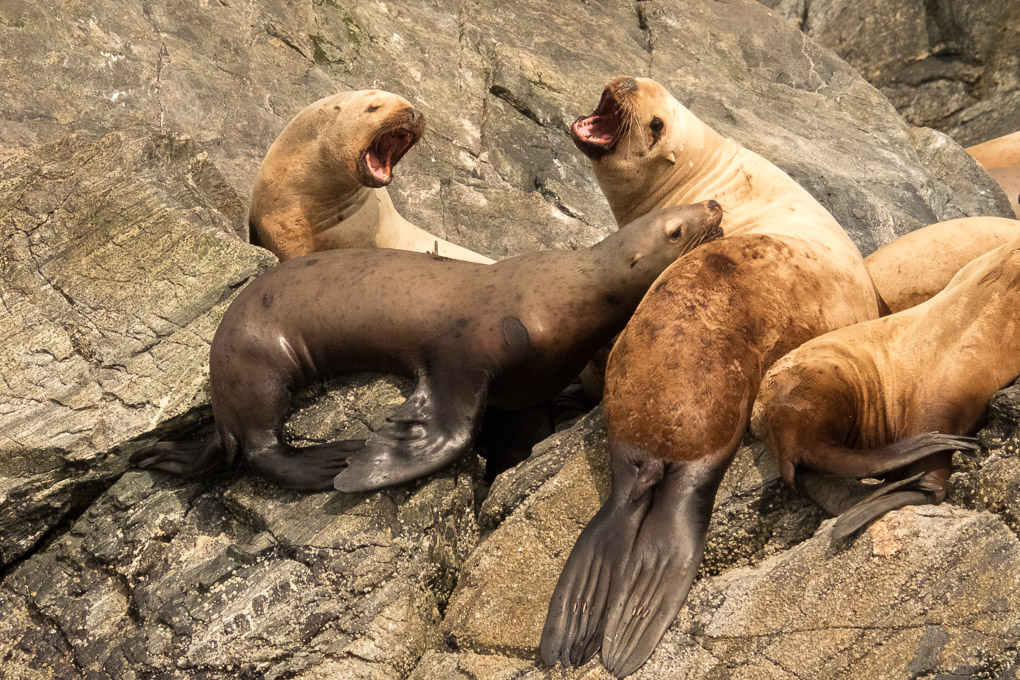
Back at camp, structures literally immersed in the forest reflect the integrative human relationship with nature that is instilled here. In modern times, very few parts of nature remain untouched by humans while dominant social thinking implies that humans remain untouched by nature. The Inian Islands Institute recognizes and teaches the connection between social-system and ecosystem—and the fragile nature of this relationship.
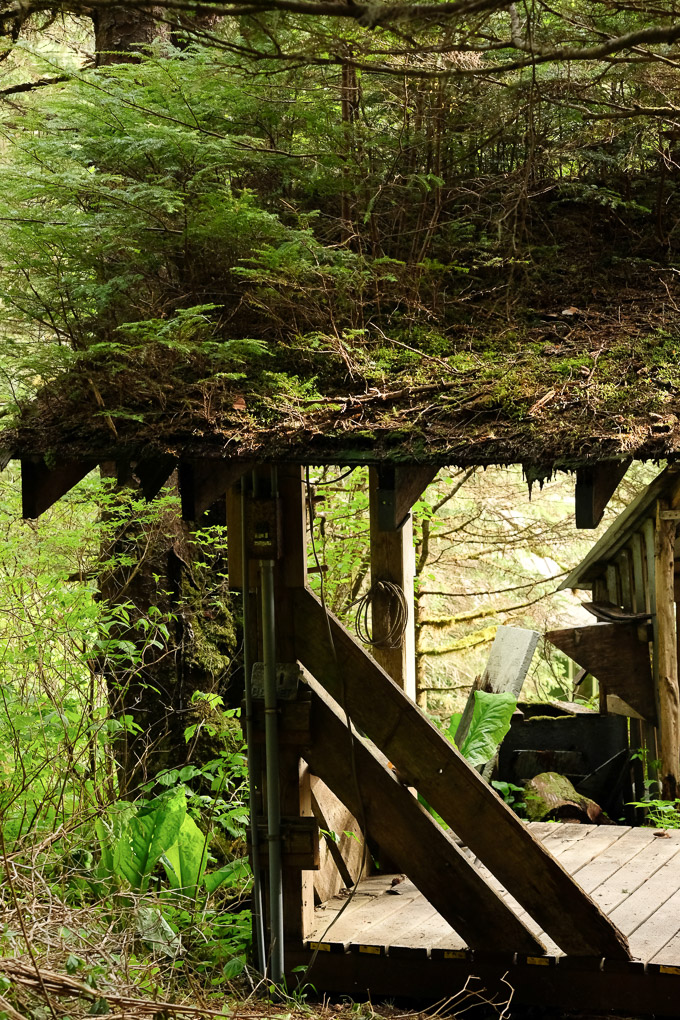
The land is not connected to another town by road, and therefore must be almost entirely self-sufficient.
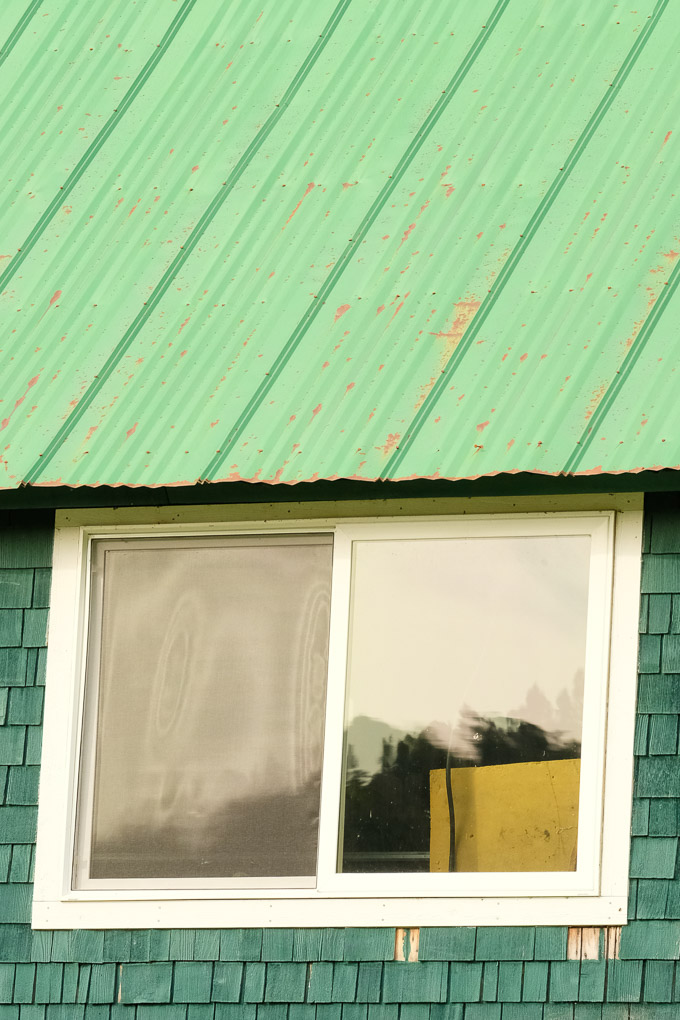
Visiting researchers’ responsibilities are not bound to the lab; they must also contribute to tasks that accompany surviving off grid. This includes firewood and rain water collection, fishing and hunting, managing a hoop-house farm and hydro-electric system, and constant structural improvements.
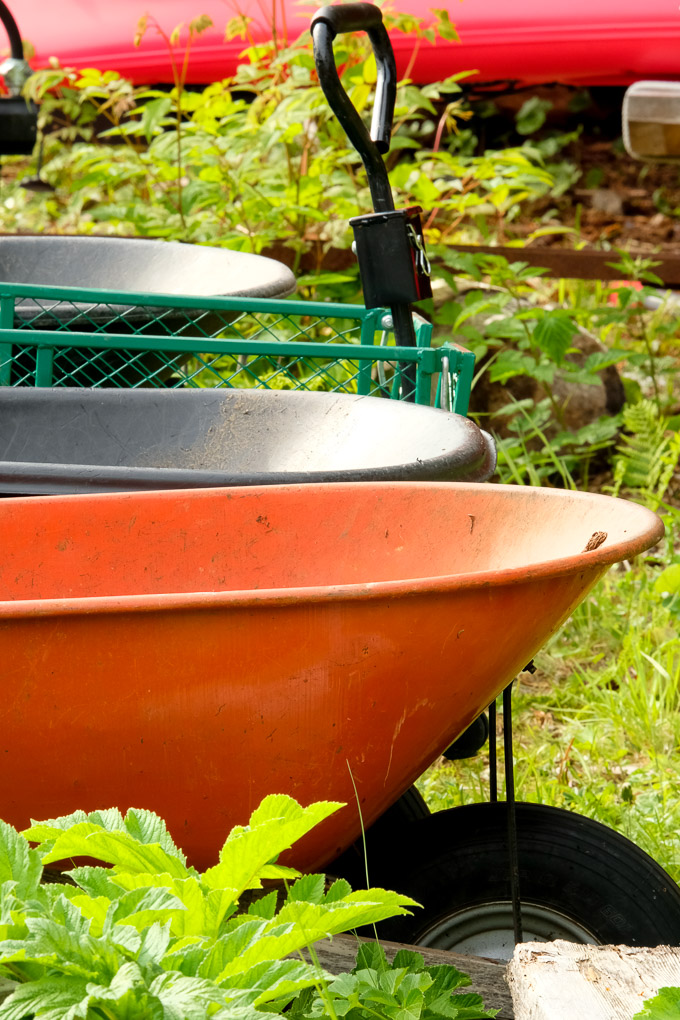
A conglomeration of rusty propane tanks are the ghosts of energy’s past. The new hydroelectric system creates so much energy the Institute does not know what to do with the surplus. One idea being thrown around is a hydro-powered floating research station in the middle of the lake.
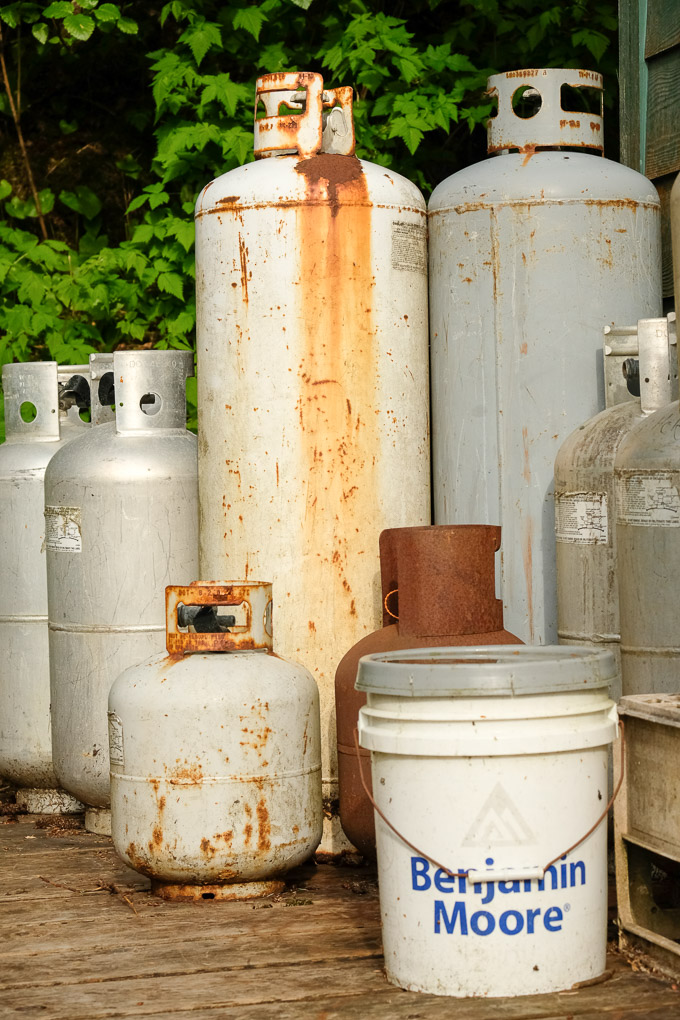
Empty beer bottles find a recycled home on the property. Finding creative ways to give a second life to single use items of luxury fills the property with quirky details.
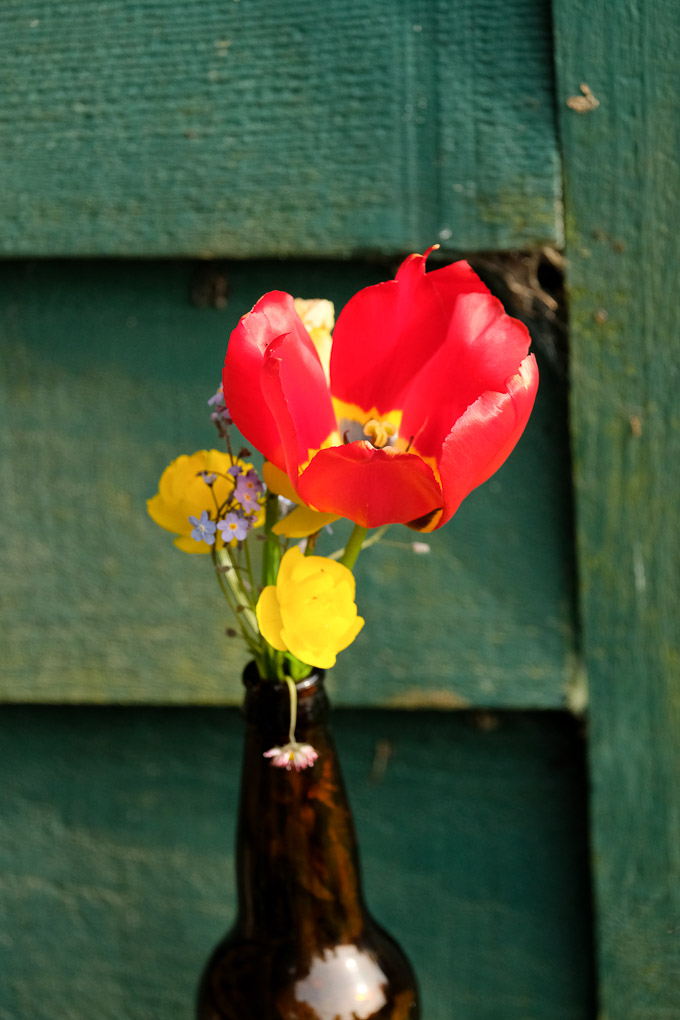
Tibetan prayer flags, hummingbird feeders, old wind bells and Buddha statues make the Institute less of an institute, and more of a home.
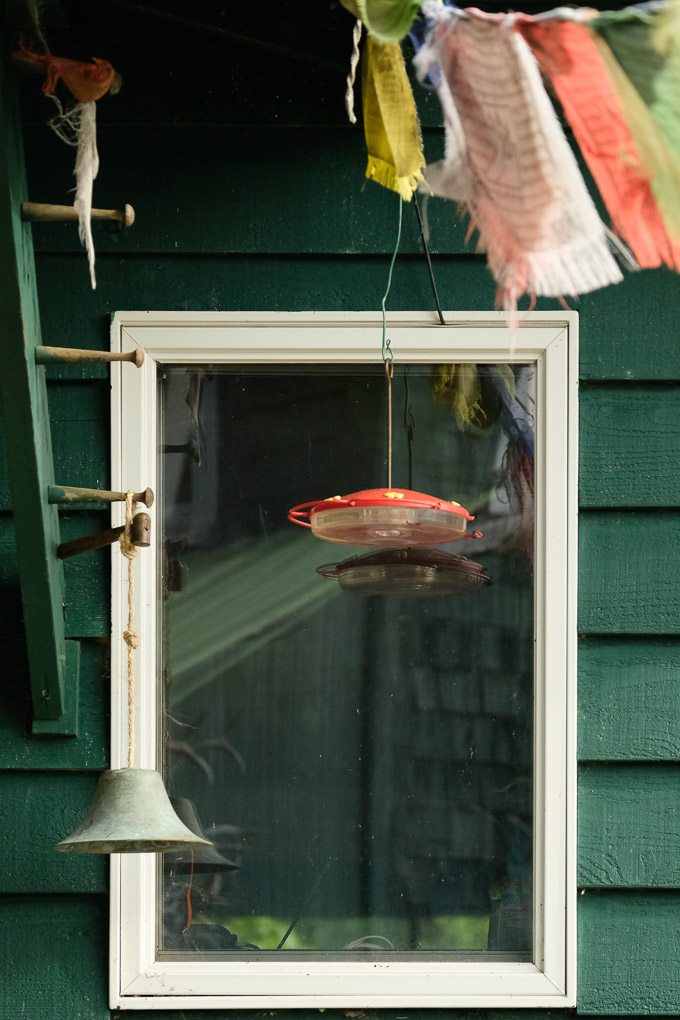
Layering scientific research upon a foundation of community instills a deeper connection to science and nature in young scientists than the values they may learn in a contemporary classroom.
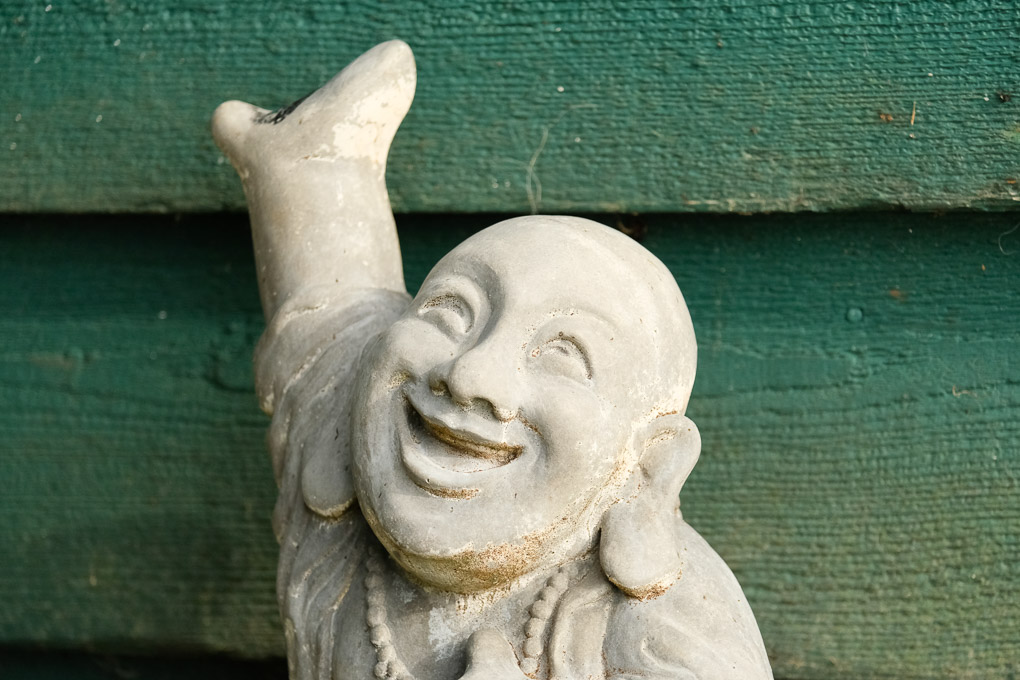
How do you move the planet forward?
Submit Story
